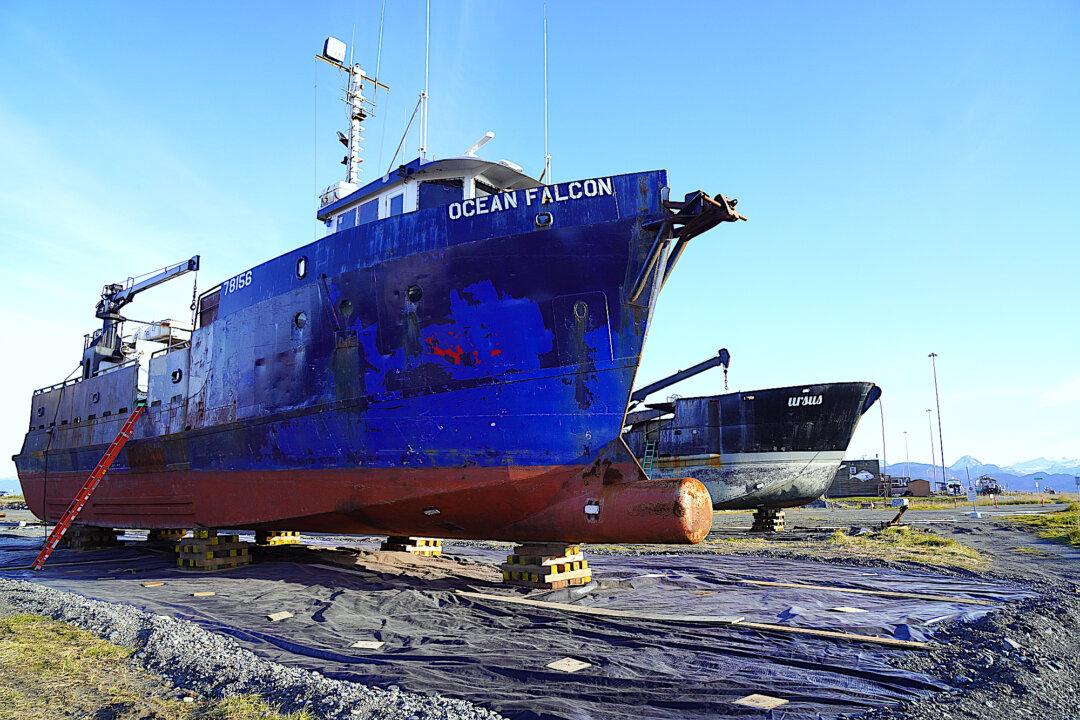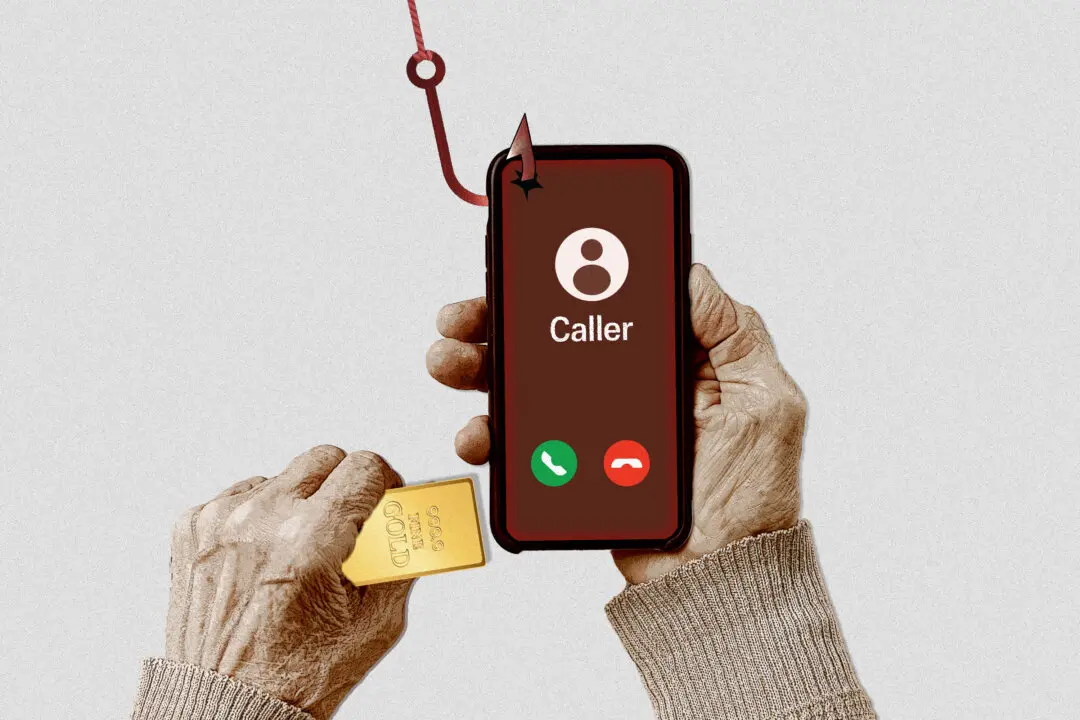Alaska’s Department of Fish and Game announced on Oct. 6 the opening of the 2023–2024 Bristol Bay red king crab harvest following a two-year closure due to warming waters and low counts.
However, the closure will remain in effect for the Bering Sea snow crab fishery, which experienced a catastrophic drop in numbers of 80 to 90 percent—from around 10 billion in 2018 to less than 2 billion in 2022.





